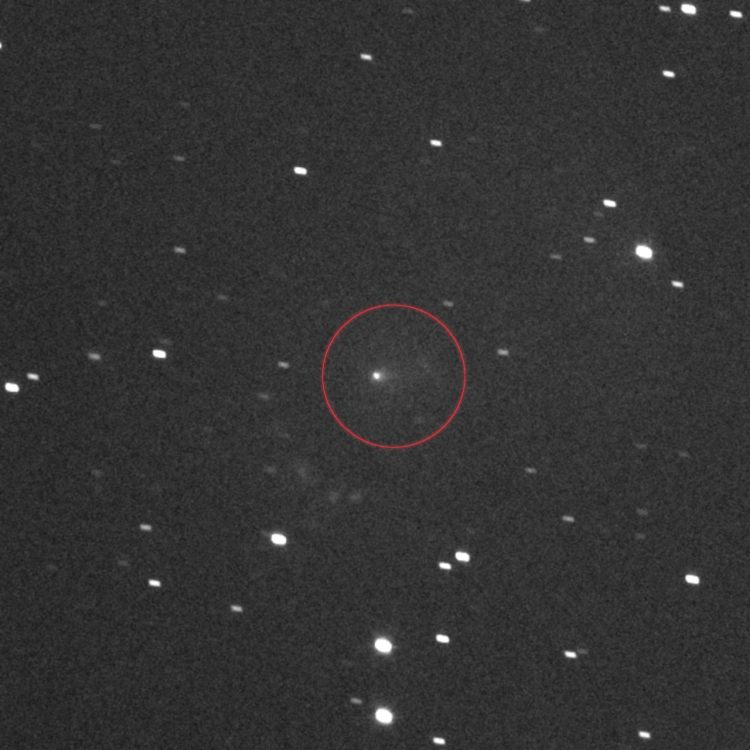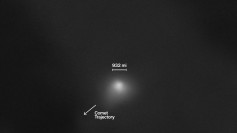International scrutiny intensified this week as NASA faced criticism over its blurry images of the interstellar object 3I/ATLAS, just as the United Nations activated a global planetary-defense drill tracking the visitor's approach to Earth. The object, discovered July 1 by the NASA-funded ATLAS telescope in Chile, will reach its closest distance on December 19, passing roughly 170 million miles from Earth. The UN's International Asteroid Warning Network, or IAWN, has launched a two-month exercise to test detection and response systems in what officials describe as a major practice scenario.
The global campaign began November 27 and will continue through January, allowing national space agencies and ground-based observatories to refine tracking techniques. In its public statement, the IAWN said, "Comet 3I/ATLAS presents a great opportunity for the IAWN community to perform an observing exercise due to its prolonged observability from Earth and high interest to the scientific community." The UN and NASA maintain that the object is a comet and poses no threat.
But the rollout of NASA's first close-range imagery triggered an unexpected backlash. The agency released a black-and-white picture captured by the HiRISE camera aboard the Mars Reconnaissance Orbiter, viewed from about 19 million miles away. The image, lacking visible structure or definition, was overshadowed almost immediately by sharper photographs posted online by amateur astronomers.
Harvard astrophysicist Avi Loeb shared several of those amateur-captured photos taken between November 22 and 24 with small backyard telescopes in Japan, Spain and Chile. The images showed a bright coma and a narrow tail extending more than 600,000 miles - and, in a striking divergence from typical comets, that tail appeared to point toward the sun rather than away from it. Some observers claimed the shape of the body resembled a cone shrouded in haze.
Social-media users seized on the contrast. One critic posted on X, "It's amazing how amateur astronomers are producing clearer images than the Never A Straight Answer [NASA] agency," fueling accusations that NASA was withholding higher-quality data. The agency has said publicly only that the object is a distant comet from another star system.
Loeb, who heads the Galileo Project and has argued that 3I/ATLAS could be artificial in origin, has pointed to a series of anomalies he believes push beyond conventional explanations. He has cited "at least 12" unexplained features since July, including unusual color changes near the sun, tail direction inconsistent with solar-wind physics, and trajectory shifts that do not match gravitational models.
NASA and the UN have rejected interpretations suggesting extraterrestrial technology, saying the ongoing tracking campaign is part of standard preparedness efforts. Still, the synchronized focus of major observatories has prompted skepticism online. One user wrote, "When every telescope from Mauna Kea to Chile is being synced on one object, that's not a drill."




